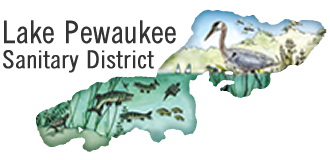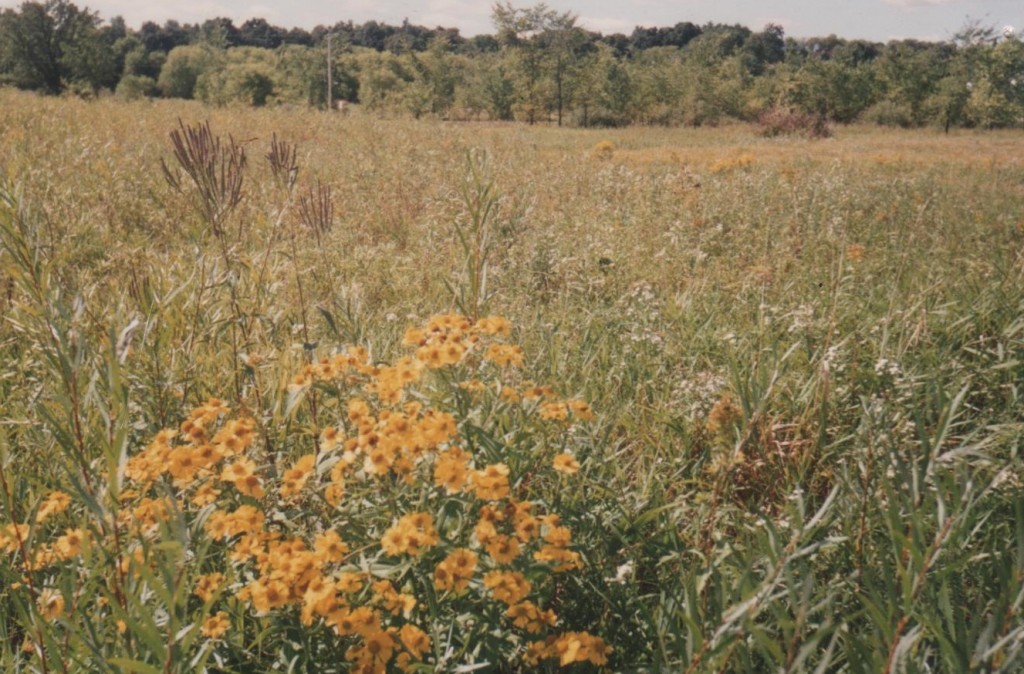
Prairie
Prairies play an important role in our lake and watersheds. Prairie plants have very long deep root systems that thrive on nutrients and heavy metals. By restoring the prairies which once surrounded this lake area we are restoring nature’s water cleaning system. The nutrients the prairie plants consume are the same nutrients that can cause toxic and non-toxic algae blooms in our surface waters. The heavy metals are pulled from the ground and surface waters therefor cleaning the ground water supply. Natural infiltration provides the ground water recharge for our wells that provide our drinking water.
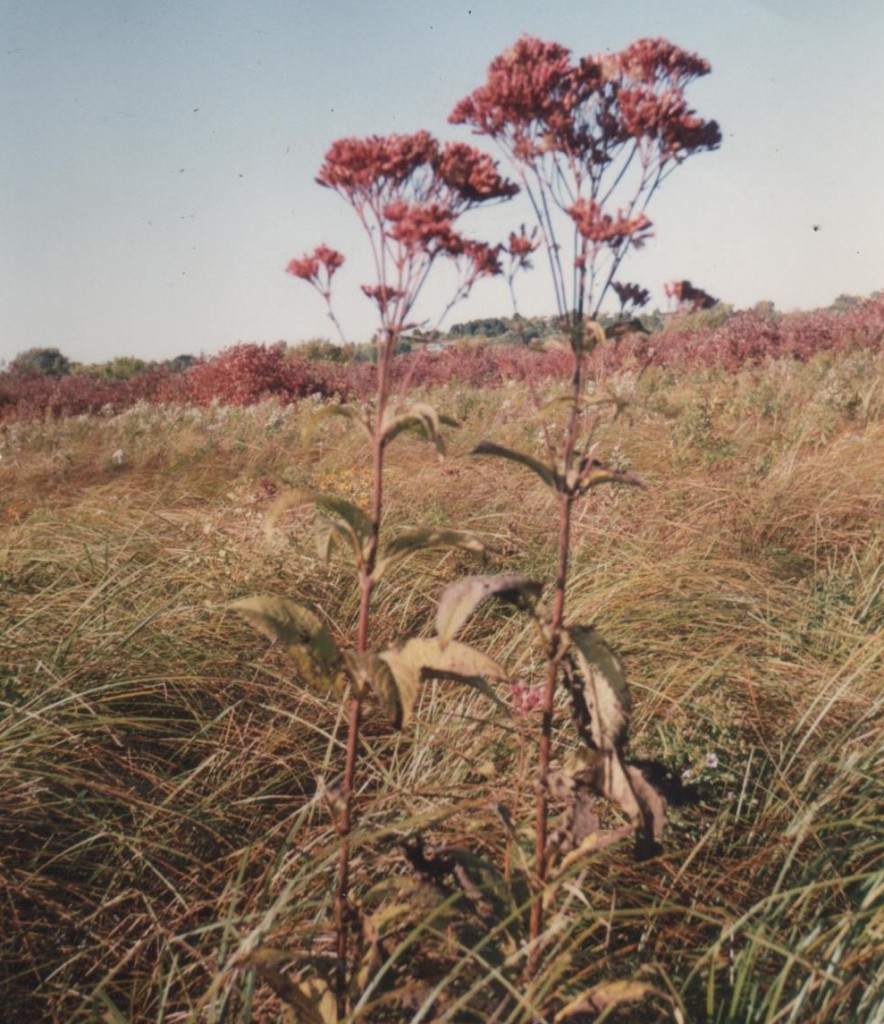
Lake Pewaukee Sanitary District Prairie
Lake Pewaukee Sanitary District PrairieThe district has several properties in which we have restored original prairies, we maintain existing prairies and we are working on gaining new ones in anticipation of restoration. The prairie plants that naturally filter out pollutants can also be over-run by non-native or invasive species, such as buckthorn. Buckthorn invades the area and chokes out all other vegetation. In turn, they provide a canopy that eliminates undergrowth. Eventually it becomes a wood of buckthorn with minimal wildlife. All the bees and butterflies have no flowering plants they need for their existence and therefore a minimal amount of birds and wildlife remains.
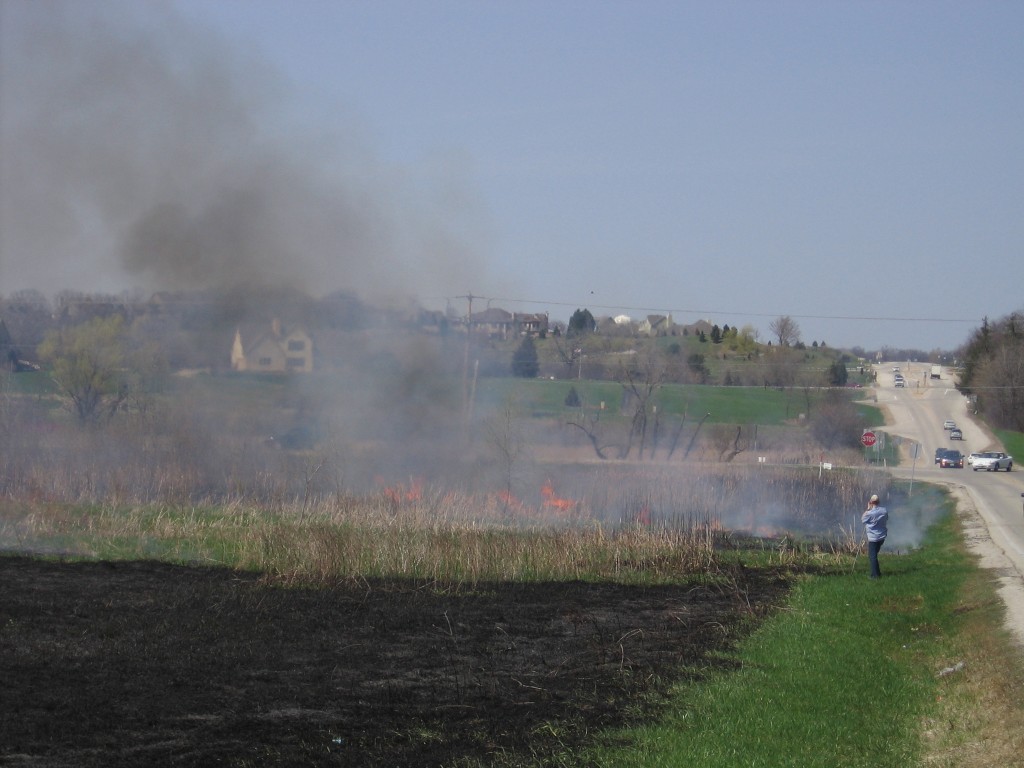
Prairie Burning
Maintenance is absolutely critical. Maintenance comes in either annual cutting or prairie burns. Burning prairies is the best way to eliminate invasive species and promote the growth of the native prairie plants. Control burns are planned for the prairies in areas that won’t cause problems with neighboring residences or businesses. It is our desire to do the prairie burns every other year as time and weather permits.
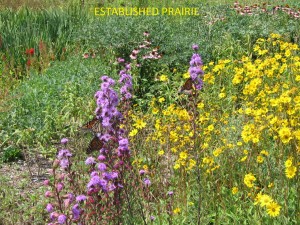
Pewaukee Library Rain Garden
Prairies and the plants they support can come in different soil types and conditions. Dry prairies, moist parries and wet prairies are the common names for these natural systems. Rain gardens and bio-retention ponds are other terms that can be loosely used for water quality control measures that are more “designed and engineered systems” which contain these prairie and wetland plants. The Pewaukee Village library is an excellent example of a good rain garden system created for quality control.
Wet, moist and dry prairies, provide habitat for dragon flies, (which eat mosquitos), butterflies, grass hopers, frogs, turtles, rabbits, rodents, and many other insects, bugs and wild life. The prairies become living ecosystems themselves and are visually pleasant to see. They are nature’s method of providing water quality to our lakes, rivers and streams.
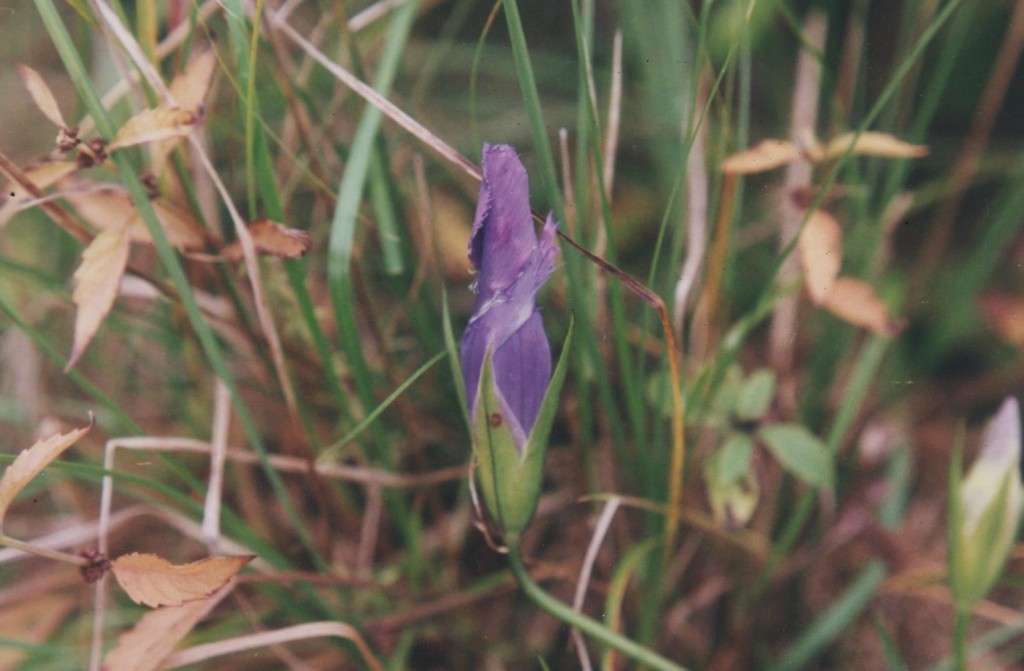
Wet Prairie
Wetland and prairie plants make outstanding stream and lake buffers. Plant some prairie plants along your shoreline and help us improve the quality of Pewaukee Lake. If you want to know where to get good prairie plants the Pewaukee River Partnership plant sale occurs every spring on the Saturday right around Mother’s day. There are knowledgeable members available to guide you in creating a great buffer strip or rain garden.
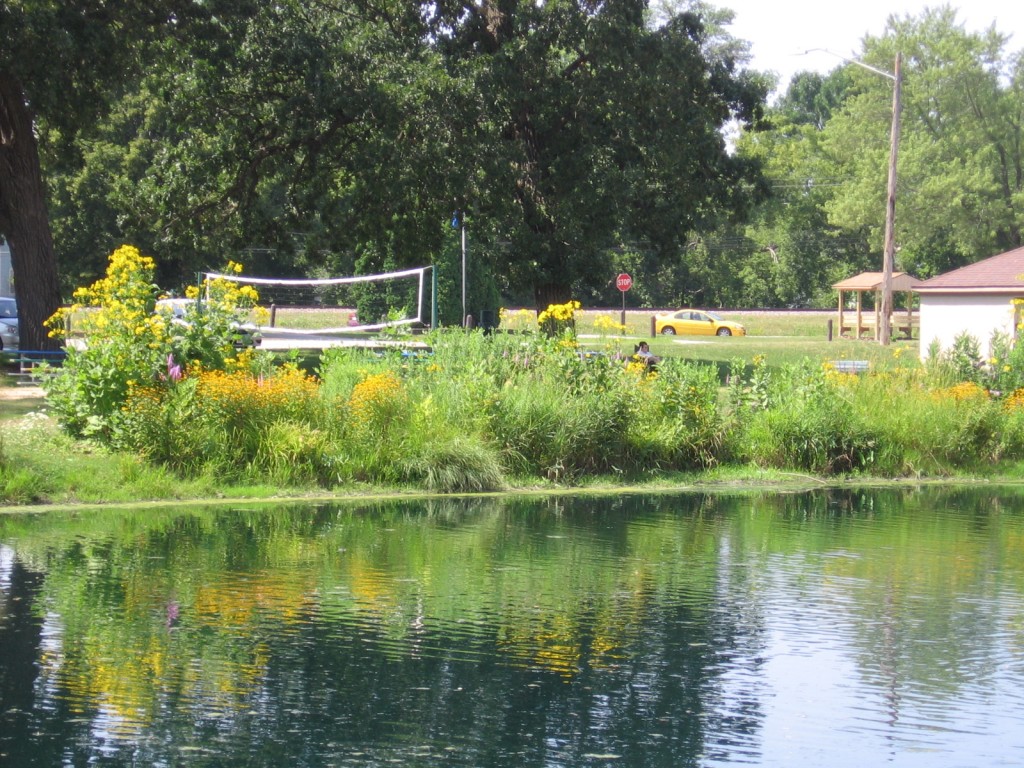
Village Park Pond Native Buffer and Bank Restoration
